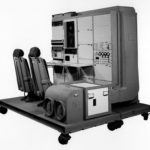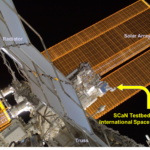By Carlo des Dorides*:
July 1, 2017 is an important date for both the European GNSS Agency (GSA) and for the Galileo programme. Following a six-month handover phase that began on January 1st, as of July 1st the GSA officially takes responsibility for overseeing the operations and service provision for Galileo – a responsibility that includes ensuring a return on investment from Galileo in the form of across-the-board services and applications.
Our journey began three years ago when the European Commission issued Regulation 1285, stating that the Galileo exploitation phase was to start in 2016 and delegating the responsibility for overseeing this key phase to the GSA. Last year’s Declaration of Initial Services and the awarding of the Galileo Service Operator (GSOp) contract marked the official transition of Galileo from a testing phase to a system in service – and were the first concrete steps taken by the GSA in our new role. Read more…




